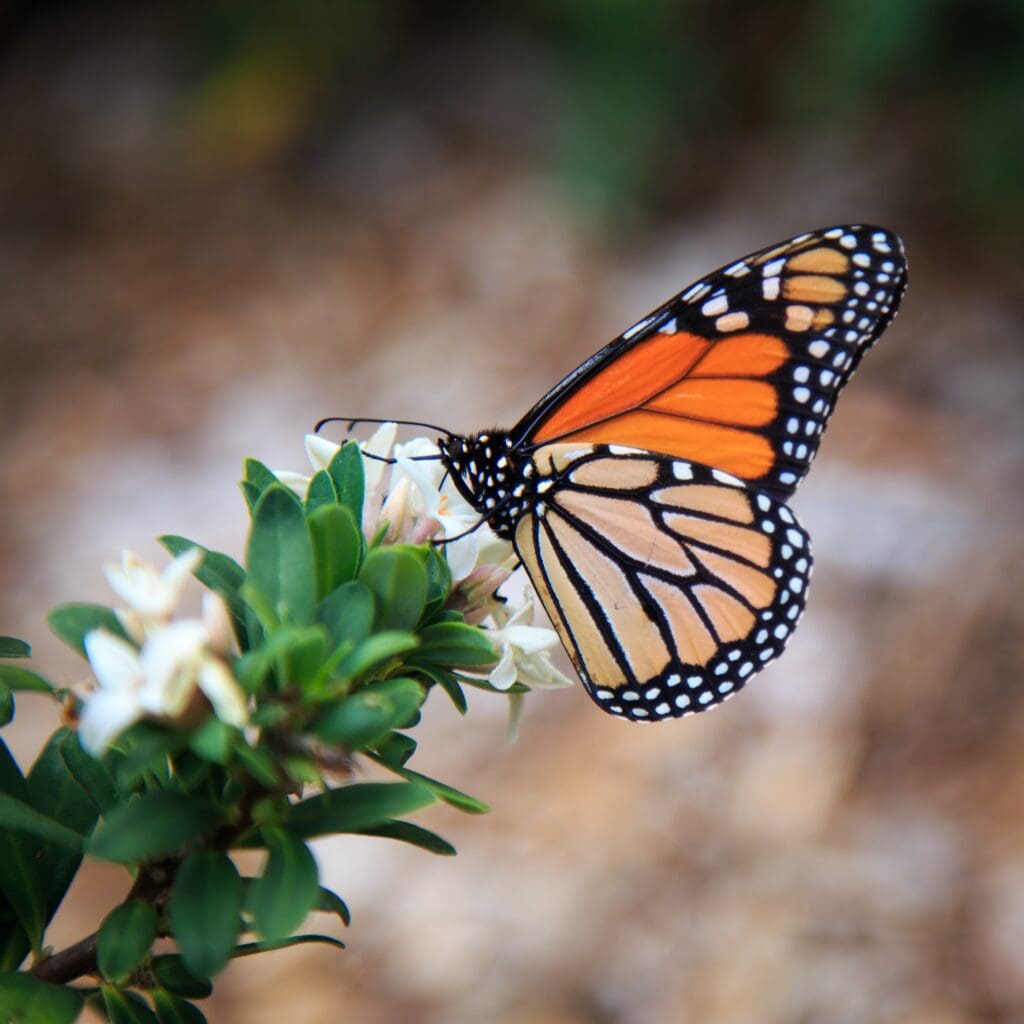

Please note this article only applies if you ordered Butterflies for Release. If you ordered a Butterfly Raising Kit, please click here. As the instructions for raising, hatching and releasing butterflies is different than the instructions below.
Ever wondered why your butterflies arrive in individual envelopes? It’s all about preserving their delicate wing condition and encouraging a state of dormancy during shipping. Here’s a step-by-step guide on when and how to transfer these enchanting creatures for a flawless mass release.
When should we transfer the butterflies if you are using a Cardboard Release Box:
When should we transfer the butterflies if you are using a Net Hanging Cage or Tabletop Cage/Sheer Box:
Step 1 – Pre-Cooling: Place the butterfly box in a household refrigerator (not freezer) for 15-20 minutes before transfer.
Step 2 – Preparation of Display Cage or Box:
Step 3 – Transfer Environment: Choose a small room with low ceilings for the transfer. A bathroom works well.
Step 4 – Transfer:
Step 5 – Escaped Butterflies: Should a butterfly escape during the transfer process, you will need to recapture it. This is much easier than it sounds and despite what you’ve always been told, handling a butterfly gently will not hurt it. Butterflies are attracted to light, so the escapee will fly toward a window or other source of light in the room. You can cup your hands around the escapee and transfer it to the box/cage.
By following these detailed steps, you’ll ensure a smooth and mesmerizing butterfly release, creating a magical moment for your special occasion. Don’t fret about the details—just let the butterflies take flight! 🦋.
For The Latest News, Updates And Promotions
